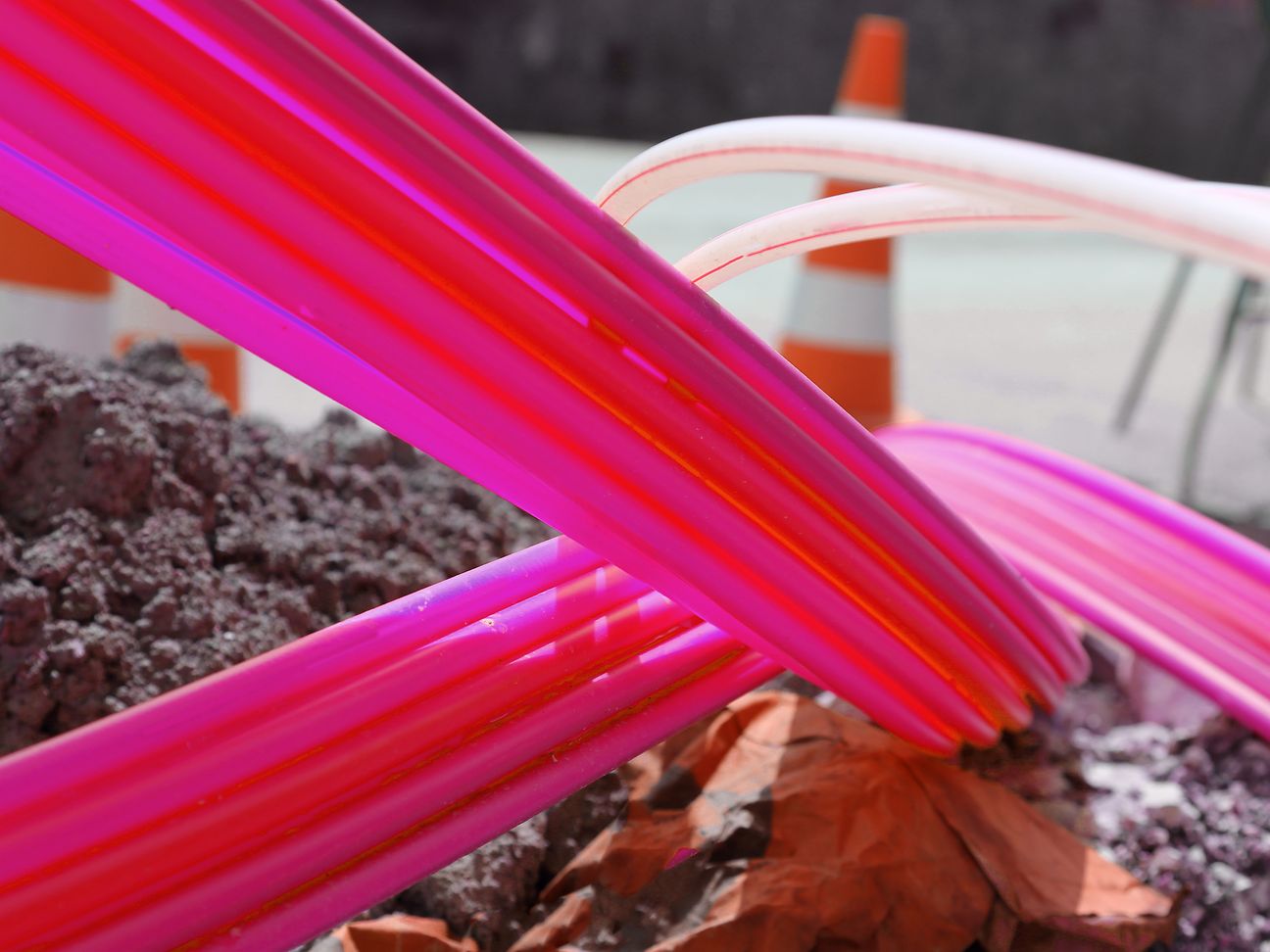

- 1,700,000 households receive faster internet
- Rural areas benefit in particular
- Check
www.telekom.de /schneller to see if your connection is one of them
Deutsche Telekom has successfully completed the 1. tranche of the nearshore rollout. Speeds of up to 250 MBit/s (megabit per second) have been rolled out in 3,152 nearshore areas across 2,855 local networks. Around 1,700,000 households now have access to faster internet connections. “The nearshore areas roll-out is a key plant of our broadband strategy,” says Jürgen Hardt, project manager for nearshore rollout at Telekom Deutschland. “We are proud to have completed the first of three tranches so successfully. This was an excellent team effort from all management areas. The migration in the 394 rollout areas served by the carrier was also provided successfully. We began the rollout in rural areas and are now also increasingly making progress in large cities.”
Nearshore areas
By early 2020, all 7,600 of Germany’s nearshore areas will have been modernized. Deutsche Telekom plans to lay around 6,000 kilometers of optical fiber in 7,249 nearshore areas, and to install more than 30,000 new multi-service access nodes. Around six million households will benefit from the rollout.
Each nearshore area covers an operating unit, the associated cable distribution boxes and customer lines. They are limited to a maximum cable length of 550 meters between the cable distribution box and the operating unit.
Nearshore conversion in three phases
- Customer migration to IP (internet protocol). By migrating customer lines to IP technology, all VDSL (Very High-Speed Digital Subscriber Line) customer lines will be completely freed from old analog components such as splitters, PSTN (Public Switched Telephone Network) or ISDN (Integrated Services Digital Network). This is the only way to ensure the new technology functions nationwide and completely with IP.
- Technology rollout. The cable distribution box, which was previously purely passive, will be retrofitted with a new multi-functional cabinet. The new equipment offers space for the new active technology, known as outdoor MSAN. In order for customers to benefit from broader bandwidths, these MSANs are connected up to fiber-optic cables. This provides a direct optical fiber connection between them, the operating site and the next network element, the Broadband Network Gateway, or BNG for short. Thanks to the BNG, end devices can now work on plug-and-play and new products can be made available more quickly.
- Technical migration. All customer lines in a given nearshore area are connected to the MSAN in one go. This completes the nearshore migration. Technologies such as vectoring and super vectoring can now be used.
An explanatory video on the nearshore rollout is available online and can be embedded into your website. You can find an infographic at
About Deutsche Telekom: Deutsche Telekom at a glance


